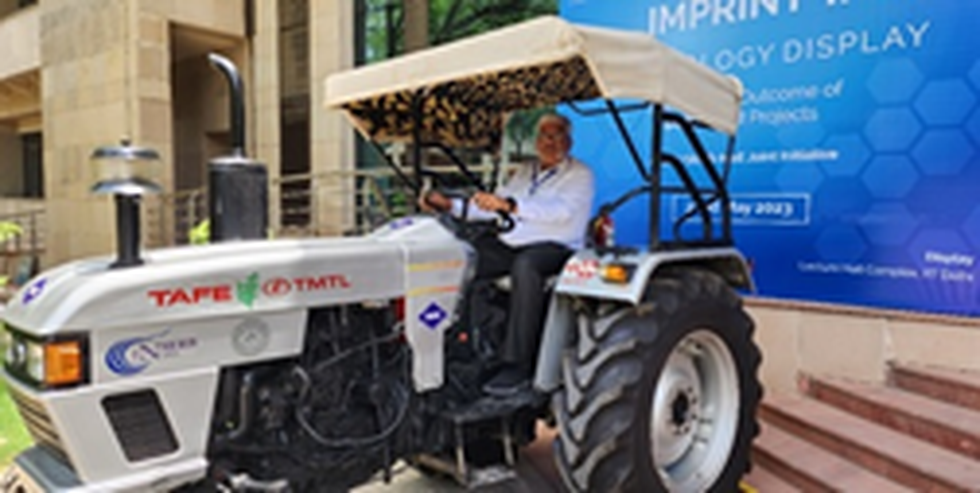
About Dimethyl Ether:
- It is a synthetically produced alternative to diesel for use in specially designed compression ignition diesel engines.
- It can be produced indigenously, and several countries, like Japan, USA, China, Sweden, Denmark, and Korea, are already using DME to power their vehicles.
- The DME-fuelled engine emitted extremely low particulate and soot emissions and almost no smoke without using expensive exhaust gas after-treatment devices and advanced engine technologies.
- It can be a viable alternative fuel and engine technology to adapt to conventional diesel engines used in India’s economy’s agricultural and transport sectors.
Properties of Dimethyl Ether
- It has a very high cetane number, which is a measure of the fuel's ignitibility in compression ignition engines.
- Under normal atmospheric conditions, DME is a colorless gas.
Application of Dimethyl Ether
- It is used extensively in the chemical industry and as an aerosol propellant.
- It is used in chemical industries and also to produce dyes and plastics.
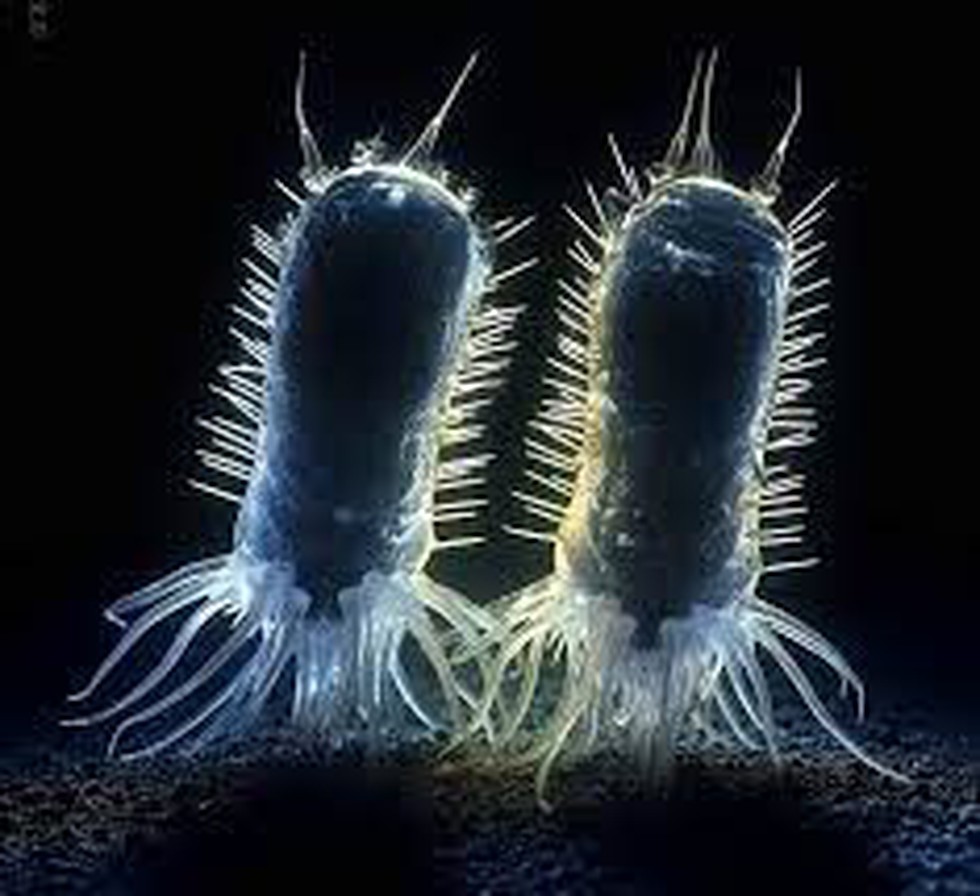
About Protosterol Biota:
- It is the microscopic organism, belongs to the family of organisms called eukaryotes.
- These are discovered inside a rock at the bottom of the ocean near what is now the Northern Territory in Australia.
- They have a complex structure combining mitochondria.
What are eukaryotes?
- These cells possess a clearly defined nucleus.
- These cells have anuclear membrane that surrounds the nucleus, in which the well-defined chromosomes (bodies containing the hereditary material) are located.
- These cells also contain organelles, including mitochondria (cellular energy exchangers), a Golgi apparatus (secretory device), an endoplasmic reticulum(a canal-like system of membranes within the cell), and lysosomes (digestive apparatus within many cell types).
- These are thought to have evolved between about 1.7 billion and 1.9 billion years ago.

About Nutrient Based Subsidy scheme:
- It is being implemented in 2010 by the Department of Fertilizers, Ministry of Chemicals & Fertilizers.
- A fixed amount of subsidy decided on annual basis, is provided on each grade of subsidized Phosphatic & Potassic (P&K) fertilizers depending on its Nutrient Content.
- In case of phosphate (P) and potassic (K)fertilisers, subsidy is fixed under this scheme by an inter-ministerial committee taking into account the benchmark international prices of finished fertilisers as well as raw materials.
- The subsidy is given to registered to P&K fertiliser manufacturers/importers which provides these fertilisers at subsidised rates to farmers.
- Benefits of the scheme
- It helps farmers in ensuring availability of essential nutrients at subsidized prices.
- It rationalizes the subsidy on P&K fertilizers, ensuring effective and efficient utilization of government resources.
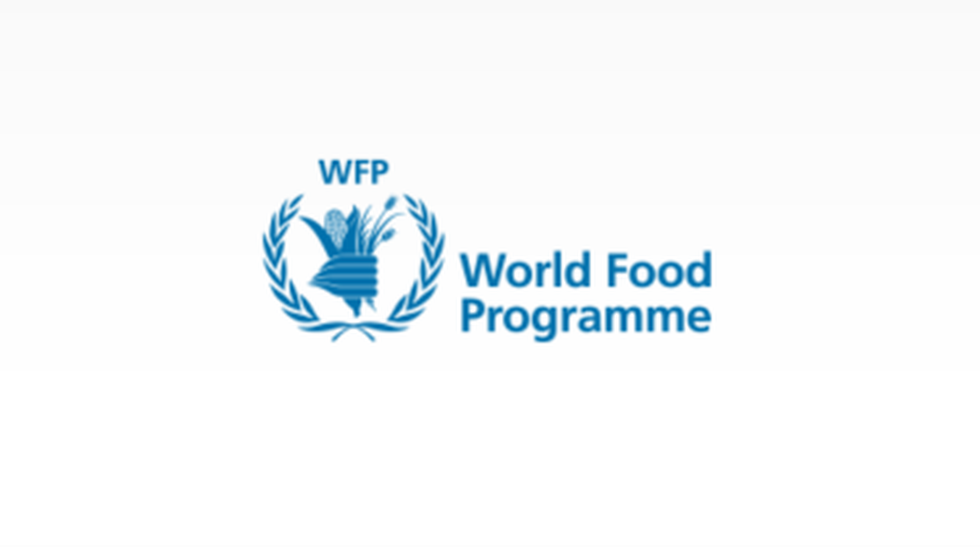
About World Food Programme:
- It is a branch of the United Nationsthat deals with hunger eradication and promotes food security in the world.
- It is a member of the United Nations Development Programme(UNDP).
- It is operating in more than 120 countries, which provides food assistance during emergencies and works with communities to enhance nutrition and generate resilience.
- It has been functioning in India since 1963.
- Funding:WFP is funded by voluntary donations from governments, corporates and private donors.
- Report released by the WFP is Global Report on Food Crisis
- The Global Report on Food Crises describes the scale of acute hunger in the world.
- It provides an analysis of the drivers that are contributing to food crises across the globe.
- The report is produced by the Global Network against Food Crises, an international alliance working to address the root causes of extreme hunger.

About Captagon pill:
- It is a highly addictive amphetamine-type drug, which is produced mainly in Syria.
- The original Captagon contained fenetylline, a synthetic drug of the phenethylamine family to which amphetamine also belongs.
- It was commercially sold in several countries until the 1980s and was banned due to fears of its highly addictive nature.
What do amphetamine-based drugs do?
- It stimulates the central nervous system, providing a boost of energy, enhance someone’s focus, let someone stay awake for longer periods of time, and produce a feeling of euphoria.
- These type drugs usually stay in the blood for around 36 hours.
- When taken orally, their peak effect occurs one to three hours after consumption, and effects last for as long as seven to 12 hours.
What are the side effects?
- They can cause loss of appetite and weight, heart problems such as fast heart rate, irregular heartbeat, increased blood pressure, and heart attack, which can lead to death.
- They can also cause high body temperature, skin flushing, memory loss, problems thinking clearly, and stroke.

About Insolvency and Bankruptcy Board of India (IBBI):
- It was established on 1st October 2016 under the Insolvency and Bankruptcy Code (IBC), 2016.
- It is responsible for the implementation of the IBC. The IBC amends and consolidates the laws relating to insolvency resolution of individuals, partnership firms and corporate persons in a time-bound manner.
- Functions:
- The IBBI regulates professionals as well as processes.
- It has regulatory oversight over the insolvency professional agencies, insolvency professional entities, insolvency professionals and information utilities.
- It enforces rules for processes of corporate insolvency resolution, individual insolvency resolution, corporate liquidation and individual bankruptcy under the IBC.
- It specifies the minimum eligibility requirements for registration of insolvency professional agencies, insolvency professionals and information utilities and curriculum for the qualifying examination of the, insolvency professionals for their enrolment.
- It collects and maintains records relating to insolvency and bankruptcy cases and disseminate information relating to such cases.
- Constitution: The Board consists of the following members who are appointed by the Central Government,
- A Chairperson.
- Three members from among the officers of the Central Government equivalent or not below the rank of a Joint Secretary. Out of the three members, each will represent the Ministry of Finance, Ministry of Corporate Affairs and Ministry of Law, ex -officio.
- One member nominated by the RBI (Reserve Bank of India), ex-officio.
- Five other members nominated by the Central Government, out of which at least three should be whole-time members.
- The term of office of the Chairperson and members (other than ex-officio members) is five years or until they attain sixty-five years, whichever is earlier, and they are eligible for re-appointment.
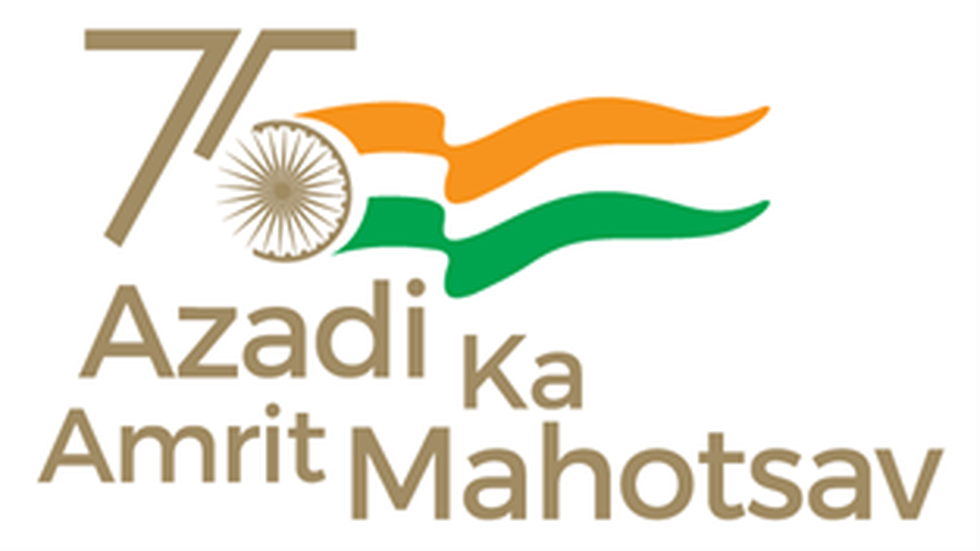
About National Training Conclave:
- The conclave is part of the National Programme for Civil Services Capacity Building (NPCSCB) - ‘Mission Karmayogi’.
- Objective: To foster collaboration among civil services training institutes and strengthen the training infrastructure for civil servants across the country.
- The Conclave is being hosted by the Capacity Building Commission.
- More than one thousand 500 representatives from various training institutes, including Central Training Institutes, State Administrative Training Institutes, Regional and Zonal Training Institutes, and Research institutes, will participate in the conclave.
- Civil Servants from the Central government departments, State governments, and local governments, as well as experts from the private sector, will take part in the deliberations.
- The Conclave will have eight-panel discussions, each focusing on key concerns related to Civil services training institutes such as faculty development, training impact assessment, and content digitisation.
What is Mission Karmayogi?
- Mission Karmyogi, or National Programme for Civil Services Capacity Building (NPCSCB), aims to prepare Civil Servants for the future by making them more creative, constructive & innovative through transparency and technology.
- This unique programme will help to lay the foundation for civil servants in the country.
- There will be more focus on 'on-site learning' in complementing "off-site learning".
- Executing Bodies:
- It will be steered by four new bodies.
- The new entities will be a Prime Minister’s Public Human Resources Council, a Capacity Building Commission, a Special Purpose Vehicle (SPV) that will own and operate the digital assets and technological platform for online training, and a Coordination Unit, which will be headed by the Cabinet Secretary.

About Operation Amanat:
- Under the Operation Amanat initiative, the Railway Protection Force has taken a novel initiative to make it easier for the passengers to get back their lost luggage.
- It helps to track lost belongings of passengers.
- The details of lost luggage along with photos are uploaded by RPF personnel of the respective Divisions. The details are uploaded in the web portal https://wr.indianrailways.gov.in/ in the tab of divisions under the link “Mission Amanat – RPF”.
- Passengers can check whether their luggage which went missing or was lost in railway premises or trains is available at the Lost Property Office centres at stations.
Key facts about Railway Protection Force (RPF):
- RPF is a security force of India entrusted with protecting railway passengers, passenger area and railway property of the Indian Railways.
- It was established by the Railway Protection Force Act, 1957.
- This is only central armed police force (CAPF, commonly known as Para-Military force) which has power to arrest, investigate and prosecute criminals.
- It is under the authority of Ministry of Railways (India).
- All the officers of RPF are members of the Indian Railway Protection Force Service (IRPFS) and are recruited through UPSC Civil Services Examination.
- It is headed by the Director General (DG). However, the post of Director-General of RPF is held on deputation by a senior Indian Police Service (IPS) officer.
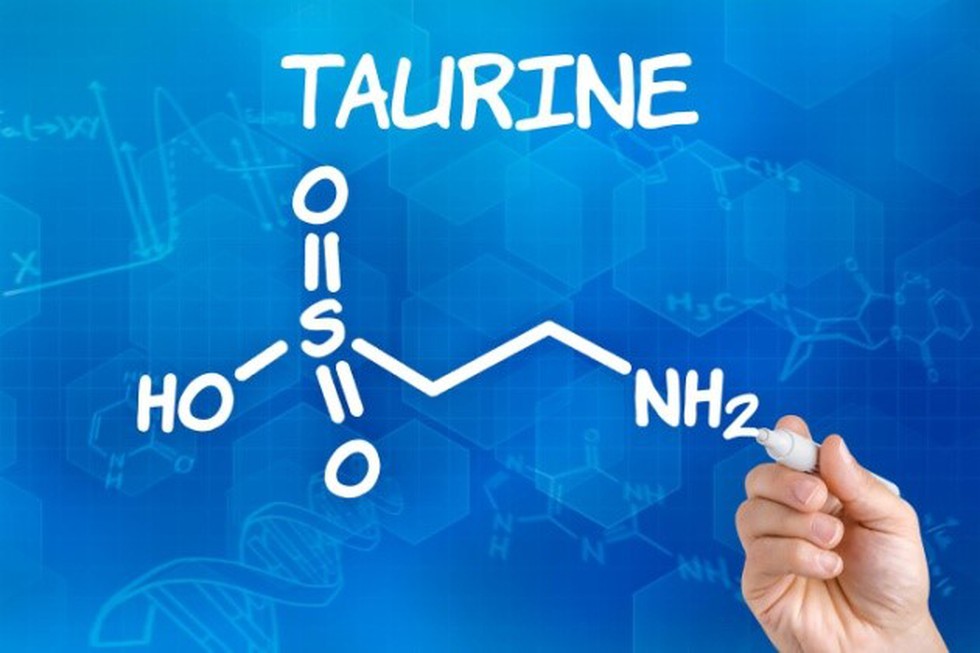
About Taurine:
- It is a naturally occurring sulfur-containing amino acid.
- It’s particularly concentrated in your brain, eyes, heart, and muscles.
- Sources: Taurine occurs naturally in foods with protein, such as meat or fish.
- Functions:
- The human body uses taurine for actions in cells. One example is that taurine is used for energy production.
- Taurine also helps the body process bile acid and balance fluids, salts and minerals, among other actions.
- It has important functions in the heart and brain. It helps support nerve growth.
- It might also benefit people with heart failure by lowering blood pressure and calming the nervous system.
- It is also used for obesity, athletic performance, fatigue, diabetes, and many other conditions.
What are Amino Acids?
- An amino acid is the fundamental molecule that serves as the building block for proteins.
- There are 20 different amino acids.
- A protein consists of one or more chains of amino acids (called polypeptides) whose sequence is encoded in a gene.
- Some amino acids can be synthesized in the body, but others (essential amino acids) cannot and must be obtained from a person’s diet.

About Genetic Engineering Appraisal Committee (GEAC):
- It is a statutory committee constituted under the “Rules for the Manufacture, Use/Import/Export and Storage of Hazardous Micro Organisms/Genetically Engineered Organisms or Cells (Rules, 1989)” framed under the Environment (Protection) Act, 1986.
- GEAC functions under the Ministry of Environment, Forest and Climate Change (MoEF&CC).
- It was earlier called Genetic Engineering Approval Committee, which was changed to Genetic Engineering Appraisal Committee in the year 2010.
- Functions:
- As per Rules, 1989, it is responsible for the appraisal of activities involving large scale use of hazardous microorganisms and recombinants in research and industrial production from the environmental angle.
- The committee is also responsible for appraisal of proposals relating to release of genetically engineered (GE) organisms and products into the environment, including experimental field trials.
- It keeps a check on the use, import, and export of genetically modified (GM) organisms and crops.
- GEAC also has the power to prohibit the manufacture and use of certain recombinants as they are hazardous for commercial use.
- Composition:
- GEAC is chaired by the Special Secretary/Additional Secretary of MoEF&CC and co-chaired by a representative from the Department of Biotechnology (DBT).
- Presently, it has 24 members and meets every month to review the applications in the areas indicated above.
- The members comprise experts from other ministries as well as institutions such as the ICAR, ICMR, CCMB, and so on.


.png)
.png)
.png)
























































































































































.png)
.png)
.png)
.png)
.png)


.png)
.png)
.png)





.png)
.png)






.png)
.png)
.png)
.png)
.png)
.png)
.png)
.png)
.png)

.png)







.png)
.png)


.png)
.png)
.png)


.png)

.png)
.png)





.jpg)

.png)
.png)


.png)

.png)
.png)
.png)

.jpg)

.jpg)


.png)

.png)
.png)
.png)
.png)
.png)
.png)
.png)
.png)
.png)
.png)




.png)

.png)





.png)
.png)
.png)
.png)
.png)
.png)
.png)
.png)
.png)
.png)
.jpg)
.jpg)

.png)
.png)
.png)
.png)
.png)
.png)
.png)
.png)
.png)
.png)
.png)
.png)
.png)
.png)
.png)
.png)
.png)
.png)
.png)



.png)
.png)

.jpg)
.jpg)


.jpg)
.jpg)
.jpg)
.jpg)
.jpg)

.jpg)








.jpg)
.jpg)
.jpg)
.jpg)
.jpg)

















.jpg)
.jpg)







.jpg)


















.jpg)
.jpg)






























































































.jpg)
.jpg)


























.jpg)

.jpg)










.jpg)








.jpg)




.jpg)










.jpg)


















.jpg)












































.jpg)














.jpg)
.jpg)
.jpg)





.jpg)

.jpg)
.jpg)





































































.jpg)


































.jpg)
.jpg)
















































.jpg)












.jpg)


.jpg)




.jpg)
.jpg)
.jpg)

.jpg)
.jpg)
.jpg)
.jpg)

.jpg)
.jpg)
.jpg)

.jpg)
.jpg)
.jpg)
.jpg)
.jpg)
.jpg)
.jpg)
.jpg)

.jpg)


.jpg)
.jpg)
.jpg)
.jpg)
.jpg)
.jpg)
.jpg)
.jpg)
.jpg)
.jpg)











.jpg)
.jpg)





.jpg)
.jpg)
.jpg)
























.jpg)
























.jpg)









.jpg)
.jpg)







.jpg)
.jpg)









































.jpg)
.jpg)
.jpg)
.jpg)
.jpg)

.jpg)
.jpg)
.jpg)
.jpg)
.jpg)


.jpg)
.jpg)
.jpg)
.jpg)
.jpg)

.jpg)
.jpg)
.jpg)
.jpg)
.jpg)
.jpg)
.jpg)
.jpg)
.jpg)
.jpg)
.png)

.png)
.png)

.png)
.png)
.png)
.png)


.jpg)
.jpg)

.jpg)
.jpg)
.jpg)

.png)
.png)
.png)
.png)
.png)
.png)
.png)

.png)
.png)
.png)
.png)
.png)
.png)
.png)
.png)
.png)
.png)





































































-min.png)



.png)




.png)








































